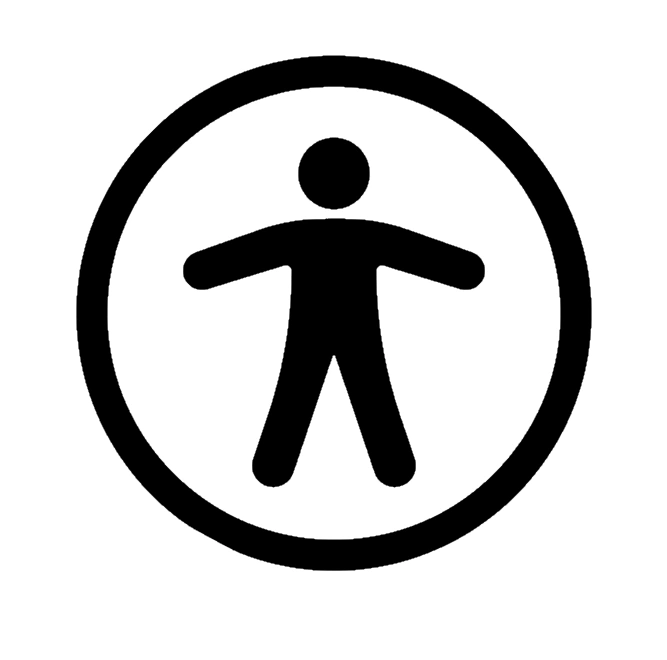Training for your cycle
Do you struggle through your training at different times of the month? If so, cut yourself some slack and tune in to each phase. Periodizing your training based on your menstrual cycle can be the smartest way to get the best from your body.
The female body is amazing. Every month, a natural rise and fall of different hormones are cleverly orchestrated to prime the womb for pregnancy. It's remarkable, wonderful, and let’s be honest, usually highly inconvenient too.
The hormonal shifts women navigate each month can present a real challenge when it comes to maintaining consistent training habits. Research shows that about 75% of athletes experience negative side effects during their cycle – everything from cramps and back pain to headaches and bloating. Another study has shown fluctuations in strength, metabolism, inflammation, body temperature, and injury risks because of hormonal changes throughout the cycle.
While the specific impact is different for everyone, regardless of whether you’re an athlete or a more casual exerciser, training throughout your cycle isn’t always easy. The more you understand the phases of your cycle, the more easily you can adapt your training to suit your body and your mind.
What are the phases?
Your menstrual cycle starts on the first day of your period and ends when your next period begins. Usually, this is 28 days, but it can vary. Within your cycle, there are three phases:
- The follicular phase – This is the time between the first day of your period and ovulation
- Ovulation – This is halfway through your cycle when an egg is released from the ovary
- The luteal phase – This is the time between ovulation and before the start of menstruation, where your body prepares for a possible pregnancy.
The hormones
Each phase is fuelled by four hormones in particular. In the early stages of your cycle, it is a hormone known as the follicle-stimulating hormone (FHS) that tells your ovaries to prepare and produce the egg-containing follicles. These follicles then produce the second hormone, estrogen, which rebuilds the lining of the uterus. Once the follicles are big enough and produce enough estrogen, the third hormone – luteinizing hormone (LH) – is produced. This releases the egg which causes ovulation. In this final phase, the follicle that contained the egg begins to produce the fourth hormone, progesterone. It is progesterone that helps prepare your uterus for a possible pregnancy.
How to train across the phases of your cycle
Early follicular phase - at the beginning of your cycle, while you are menstruating, your menstrual hormones are low. You may be dealing with symptoms like inflammation, pain, and a good dose of lethargy. This is when you might want to be kind to yourself and train in a way that really nurtures your body and mind. A focus on recovery is often a good idea, as you want to avoid stresses which may trigger autoimmune responses.
Mid follicular phase - as the follicular phase progresses, estrogen starts to rise. This is when your energy levels may start to pick up and some find a higher pain tolerance. Some women find this can be the perfect time to train harder and push through high-intensity workouts and strength training.
Late follicular phase to ovulation - as estrogen levels peak at the end of the follicular phase, so too can your training performance. In this phase, right before ovulation, you may feel perfectly primed to smash your goals and break new training records.
Luteal phase - after ovulation, your menstrual cycle hormones fluctuate fast. Energy levels and power can drop and you may be feeling heavier because of fluid retention. Suddenly, your body is no longer primed for high-intensity training like it was in the follicular phase. Some women find that this is the perfect time to embrace longer, more steady-state training. You might like to focus on improving technique and movement efficiency, not pushing for a personal best.
It’s important to be aware that the shape of your cycle is unique and it can change at different points of your life. The hormonal shifts you experience in your younger years can vary later in life and there can be significant changes when you reach menopause. Menopause is when periods stop and your hormones can go a little crazy, which drives a whole raft of different symptoms. Staying active and doing exercise that you enjoy is key.
In a nutshell…
For many women, the first two weeks of your cycle can be a good time to push, hustle, grind and break records. During the last two weeks, you might want to scale that back and do the type of training that nurtures your body.
However, everyone is different. The number one thing you can do is pay attention to your cycle and learn more about how your body functions. There are several apps that make tracking your cycle easy and with this awareness, you can greatly improve your athletic performance, your energy levels, and your happiness.


